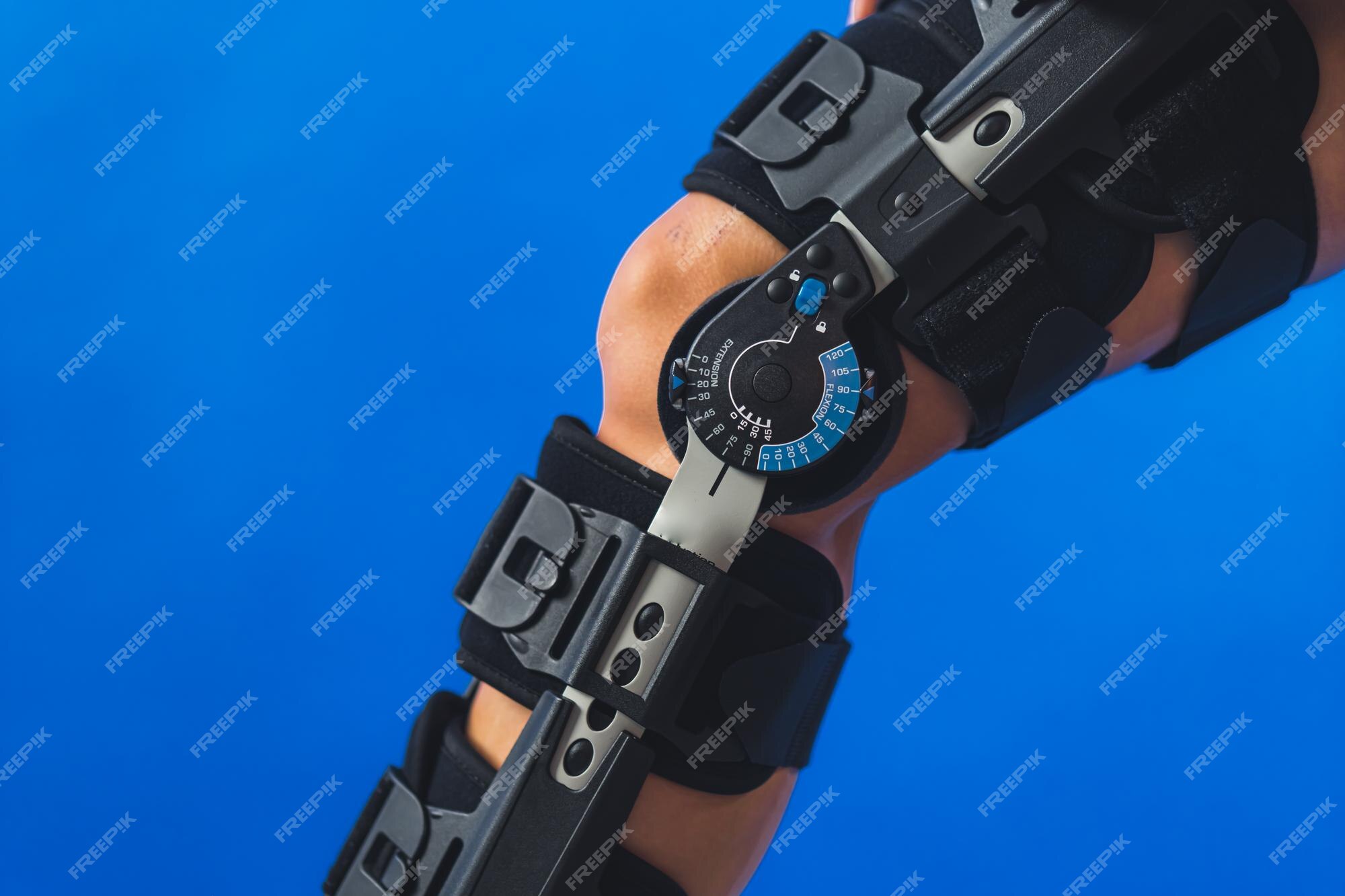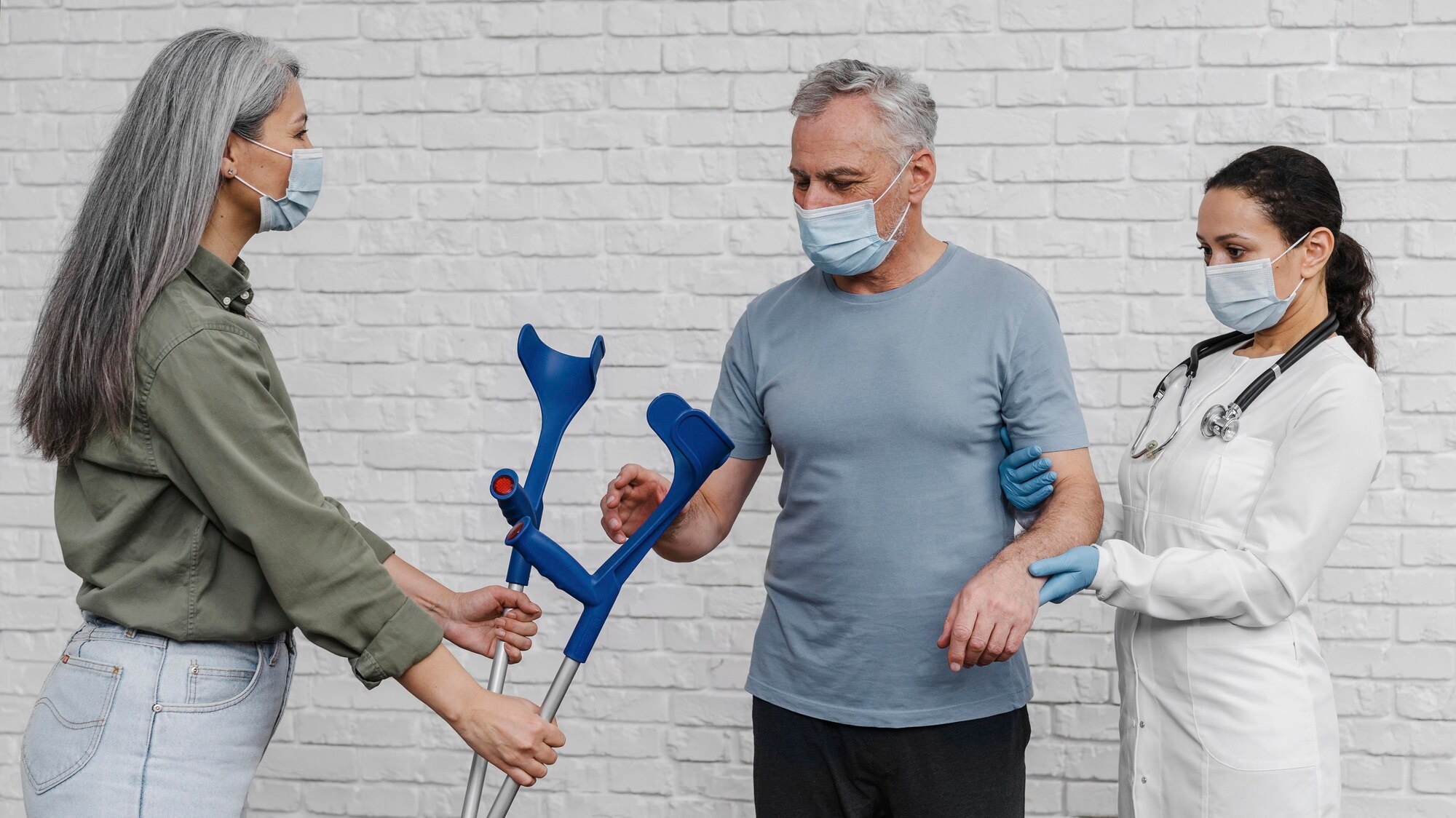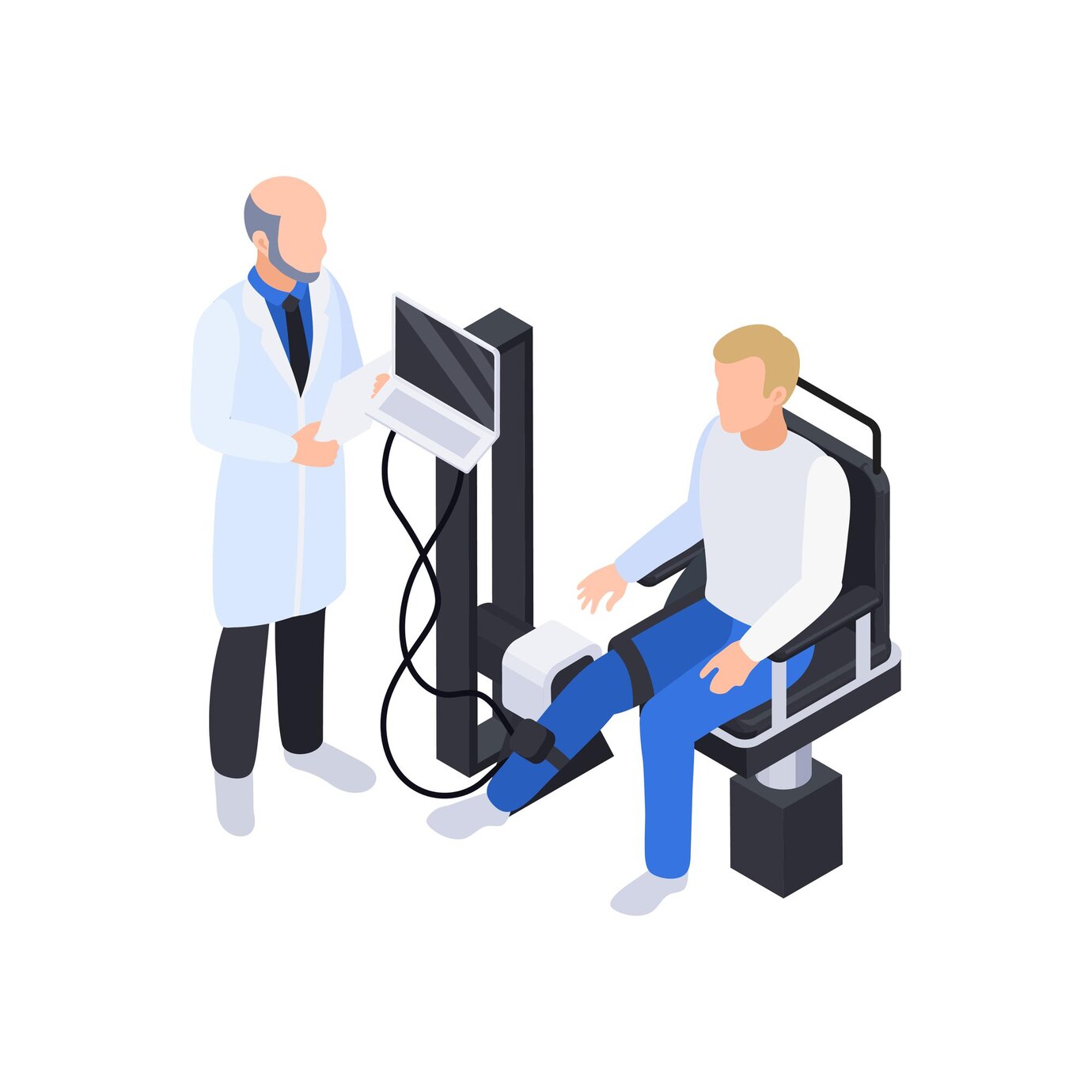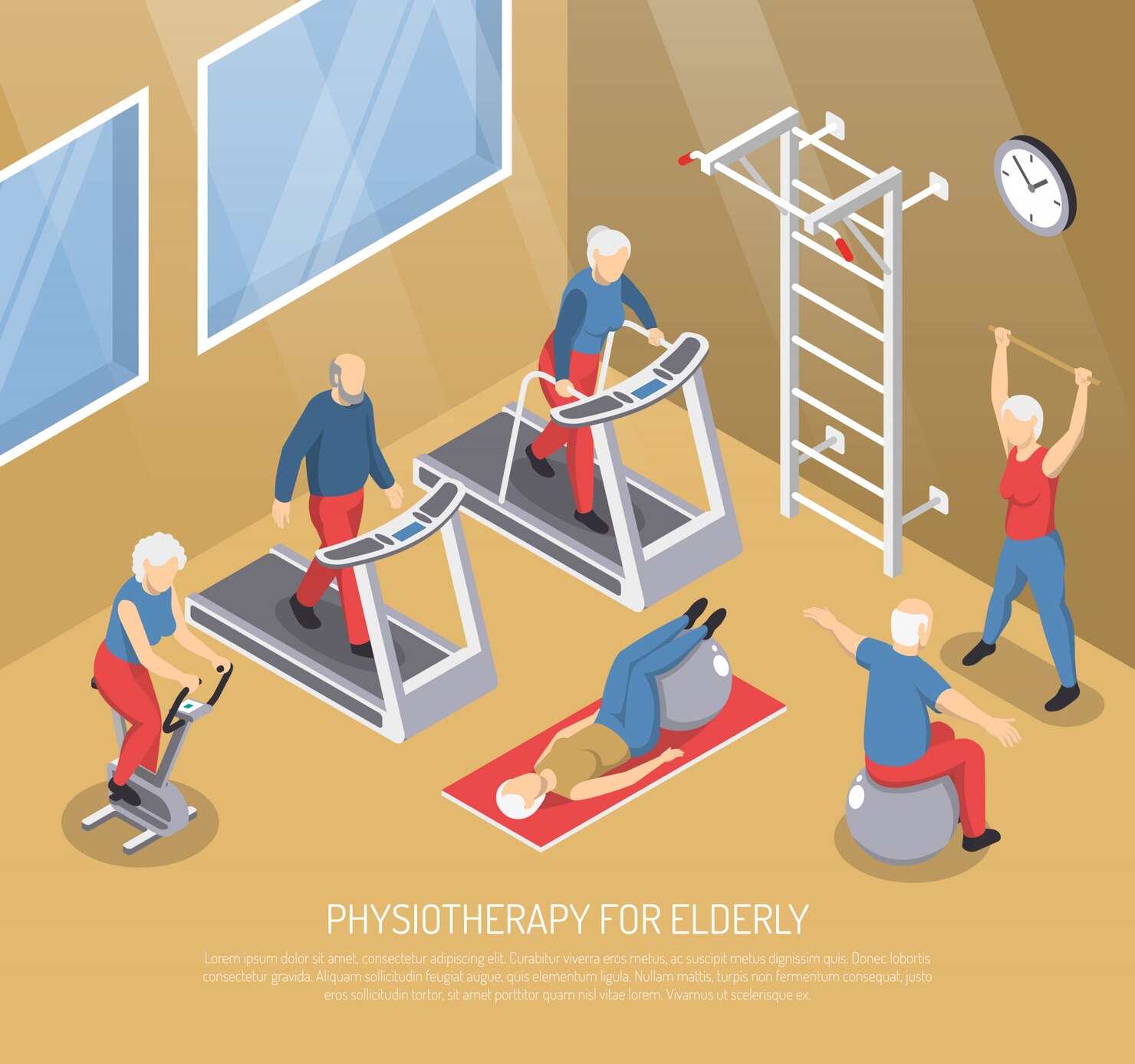Signs that you may need a robotic knee reconstruction
Published on: 2025-01-02
The robotic knee replacement offers pain relief, and it can also restore your mobility. What is a robot knee replacement, and what are the benefits? We will explain what this is and whether you need one. We will also examine how this procedure compares to traditional methods.
What Is Robotic Knee Reconstruction (RKR)?

Robotic knee replacement is the newest in surgery technology. It uses robots that improve precision when performing traditional knee surgeries. This approach is superior because it gives surgeons incredible accuracy to plan and execute procedures.
A surgeon may use 3D images to build a customized model of your joint. This blueprint is used by the surgeon to ensure that they are performing their entire procedure and implanting it in an optimal position.
This allows more flexibility during surgery and can help with delicate movements. Based on individual anatomy, the surgeon can adjust in real-time.
Many patients report faster recovery and less pain following surgery. This innovative treatment is a significant step for those with knee conditions that are debilitating.
Common reasons for knee replacement surgery

The most common cause of knee replacements is osteoarthritis. Joint degenerative diseases can cause the cartilage to breakdown, causing pain and stiffness.
Rheumatoid Arthritis is another common cause. It causes inflammation which, over time, can lead to the joints eroding.
A knee replacement is sometimes required to treat traumatizing injuries, such as ligament ruptures or fractures. When conservative treatments fail and damage becomes too severe, it may become necessary to perform surgery in order for the patient's function.
Avascular Necrosis can cause tissue death and lead to severe pain. All of these factors play a part in the decision for robotic knee surgery. Patients can use this information to determine if they require specialized treatment.
They are the signs that you may need a robotic knee reconstruction

If you're experiencing chronic pain, it is time to consider your options.
It is possible to stop enjoying activities you once enjoyed. Simple tasks such as walking or climbing stairs can be difficult.
If you experience swelling or stiffness that does not go away after taking medications, this is a red flag. If these symptoms affect you, it may be time to think about surgical options.
You should also talk to your doctor about any unusual sounds coming from your legs, like popping or grinding. These noises can indicate joint damage that may require treatment.
If you've tried physical therapy but not been able to find relief, it may be time to look at a robotic replacement.
The benefits of robotic knee implants
Advanced mapping and imaging technology allows surgeons to tailor the procedure to each patient's anatomy.
Greater accuracy leads to less damage to surrounding tissues. This also means a quicker recovery time and reduced pain following surgery.
An improved alignment of the implants is another benefit. Prosthetics placed in the joints can enhance joint function and extend the life of the prosthetics.
The surgeon can make informed, quick decisions using the feedback provided by robotic systems. It improves the outcome.
This has allowed people to get back to their daily lives faster.
Before a knee replacement with a robot
There are multiple steps you can take to prepare for robotic knee surgery. Arrange a pre-operative examination with your doctor. This will help identify any concerns or risks associated with the procedure.
Stock up on things like pain medications, icepacks and comfortable clothing to facilitate recovery.
Don't forget to exercise before surgery! Your doctor may recommend light exercises to increase flexibility and strength the muscles around the surgery site.
Nutrition is important. It is important to eat a diet rich in nutrients, vitamins and minerals to help the body heal.
Before surgery, ask your doctor about any questions or concerns you have.
Recovery and Rehabilitation Process

The recovery process and rehabilitation after a robotic knee replacement will determine your ability to move. After surgery, you'll likely spend time in the hospital under close observation. Comfort is a top priority.
Once you are home, physical therapy will be your friend. Your therapist can guide you through exercises to strengthen your knee and improve its flexibility. Sessions usually start out gently but gradually increase in intensity as you heal.
Be consistent with your rehab schedule. Exercise regularly to promote circulation and prevent stiffness.
Listen to your body. Rest when needed, but don't stop light exercise if you doctor approves it.
They can help you to recover faster. These steps will help you achieve full function and increase your activity level!
Conclusion

If you are experiencing chronic pain, or have reduced mobility or difficulty in your everyday life, consult a specialist.
As technology improves, robotic-assisted surgeries offer improved accuracy and outcomes. By understanding the rehabilitation process and properly preparing for surgery you will have a quicker recovery.
If you're considering a robot knee replacement, keep in touch with your doctor. They can provide you with valuable information. Taking proactive steps now could improve your future quality of living.
 +91 98551-63355
+91 98551-63355















